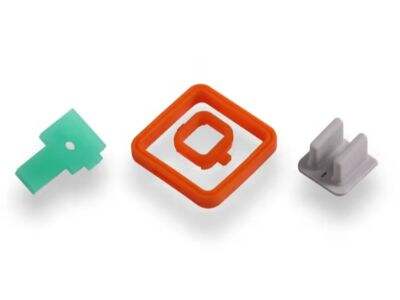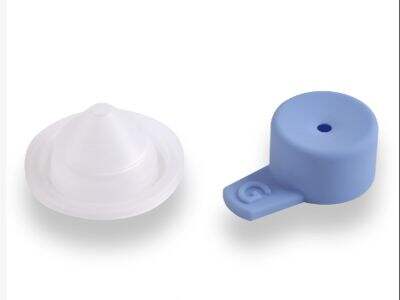Allowable in medicine to be sealed better than others. Silicone and rubber are two of the most frequently used seal material in the medical field. This article will cover the advantages of silicone, the applications for rubber, and then the factors with regards to the types of sealing material, and measure silicone and rubber against other materials, and how effective sealing materials could improve the functionality of medical tools.
CosmeticSeveringe are about to enter the most important phase.
Silicone is an excellent material to be used for medical sealing. However, one of the most significant aspects of the silicone is its ability to withstand high temperatures, which is crucial for cleaning medical instruments. Silicone is also pliable, enabling it to fit snugly and prevent leaks or germs from entering. In addition, silicone does not allow bacteria to grow, making it safe for medical use where hygiene is very critical. In conclusion, silicone is a durable and robust material that offers excellent sealant performance.

The Rubber Bank: Clinic and Health Care Coordination
Rubber is another common sealing material in medicine, and for good reason. Rubber is also elastic and can mold and accommodate different shapes, and thus is ideal for sealing tools with complicated design. Rubber is also cheaper, saving hospitals money while still providing a good product. Rubber also happens to be very durable, meaning it can be good for long-term sealing. So to summarize that, rubber is a flexible material that is useful in many medical scenarios.
Material that seals: the appropriate choice
There are several essential factors to consider when choosing the best material for sealing in medicine. First, think about what the medical tool or device requires. For example, if the tool must be frequently cleaned with heat, silicone may be the best option. If flexibility and cost savings matter, rubber may be the best choice for you. You should consider what the equipment requires, and select a material that will provide a durable and long-lasting seal.
Sealing Material Comparison: Silicone vs Rubber vs Others
In addition to silicone and rubber, other materials are available for sealing in medicine. Depending on the requirements of medical equipment, other materials, such as plastic, metal or glass, may also be suitable for sealing. Plastic is lightweight and inexpensive, whereas metal is durable and persists. Glass is transparent, which can be a selling point when you want to see inside the sealed space. So when judging between silicone, rubber and other substances, heat resistance, flexibility, cost, and strength all need to be considered to discover the best seal.

Covering Medical Tools with Proper Sealing Materials
This is where using better sealing materials can improve the function and life of the medical tools. Hospitals ensure their equipment is appropriately sealed with silicone or rubber, preventing leaks, germs, or damage. Good sealing materials can also make medical tools safer and more reliable, giving healthcare workers confidence that their kits are sealed properly. In conclusion, choosing the correct sealing material is critical to the operation of medical devices, and the right materials, whether silicone or rubber, can make a difference.
When it comes to sealing in medicine, silicone and rubber are two of the best materials that are relatively flexible due to their unique properties. Healthcare workers can use the correct material for the needs of the medical equipment, so that their equipment is sealed. Making medical equipment safe and effective, and that is why sealing materials of high seal quality play an important role in healthcare.

 EN
EN
 CN
CN
 AR
AR
 HR
HR
 CS
CS
 DA
DA
 NL
NL
 FI
FI
 FR
FR
 DE
DE
 EL
EL
 IT
IT
 JA
JA
 KO
KO
 NO
NO
 PL
PL
 PT
PT
 RO
RO
 RU
RU
 ES
ES
 SV
SV
 IW
IW
 ID
ID
 LV
LV
 SR
SR
 UK
UK
 VI
VI
 ET
ET
 HU
HU
 TH
TH
 TR
TR
 FA
FA
 AF
AF
 MS
MS
 GA
GA
 CY
CY
 MK
MK
 KA
KA
 UR
UR
 BN
BN
 MN
MN

